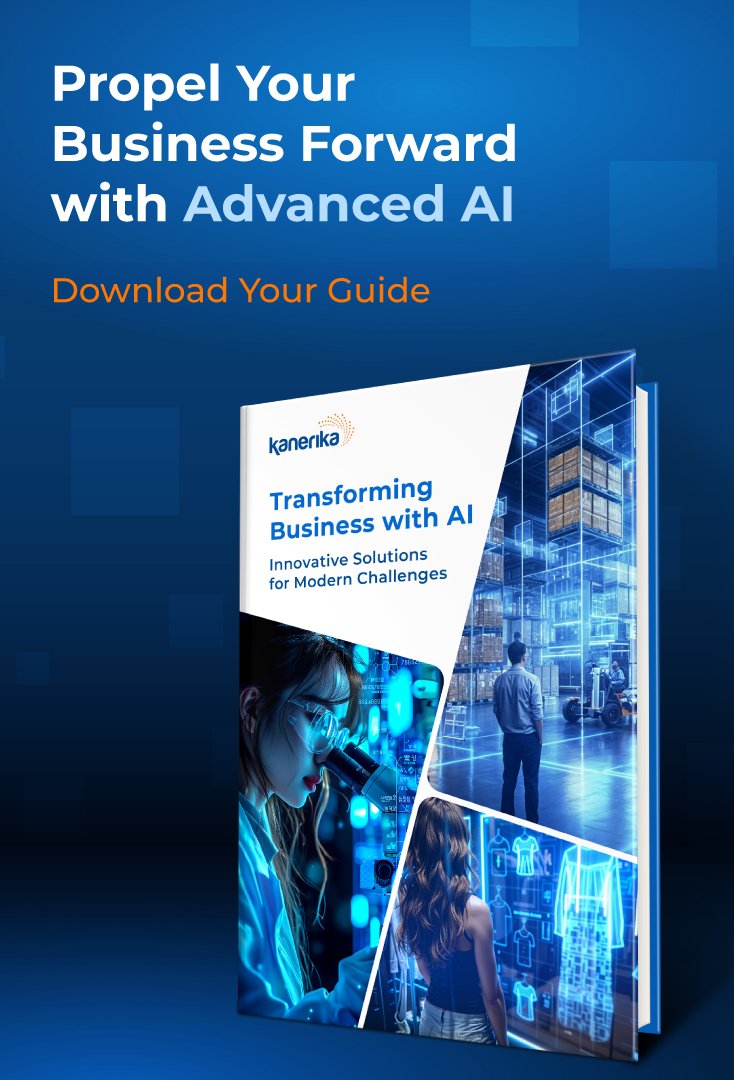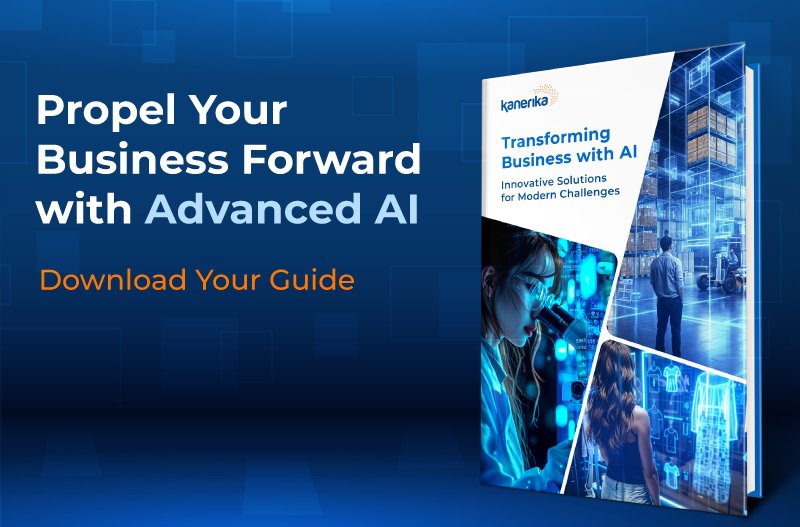Prescriptive Analytics
Introduction to Prescriptive Analytics
Prescriptive analytics is an advanced form of data analysis that provides foresight, insights, and actionable recommendations to enhance decision-making. In today’s fast-paced environment, where efficiency is essential for businesses and healthcare providers, prescriptive analytics is a valuable resource. Logistics companies can leverage it to reduce delivery times, retailers can optimize their inventory management, and various other industries can benefit from its tailored recommendations to improve their operations.
Understanding the Basics
Prescriptive analytics provides organizations with specific recommendations on what actions to take, rather than simply forecasting future events. It is considered a leading form of data analytics because it builds on the insights of both descriptive and predictive analytics. Descriptive analytics looks at past events, while predictive analytics projects future outcomes. For instance, if predictive analytics forecasts increased demand for a new product, prescriptive analytics can suggest the optimal number of units to produce, preventing overproduction while ensuring demand is met.
Let’s dig deeper:
- Descriptive Analytics: Looks at past data to tell what happened
- Predictive Analytics: Uses past data to forecast what might happen in the future
- Prescriptive Analytics: Uses insights from past and predicted data to recommend actions that yield the best outcomes.
By blending mathematical techniques with computer science methods, business rules create a powerful decision-making framework known as prescriptive analytics. Particularly this is beneficial where stakes are high, such as in supply chain management, the financial services industry, or healthcare.
Key Components of Prescriptive Analytics
Several core components determine how effective prescriptive analytics can be:
- Data: Comprehensive and quality data forms the basis for everything else; this includes historical records as well as real-time feeds plus predictive models based on such information streams.
- Mathematical Models: They are of two types- Optimization models and Simulation models. Optimization models help allocate resources most efficiently, e.g., distributing staff across different departments. In contrast, simulation models give possible outcomes for various decision paths taken during forecasting periods.
- Algorithms: Advanced algorithms process data through these models to generate specific recommendations. The complexity of these algorithms may range from simple rule-based instructions to sophisticated machine-learning models that adapt and learn over time.
Understanding the building blocks of prescriptive analytics shows how it works and reveals the hidden complexity behind its seemingly straightforward suggestions.
How Prescriptive Analytics Works
To illustrate prescriptive analytics in action, let’s consider a multinational corporation planning for a global product launch. This is what would typically happen:
- Data Collection: Market research data, previous product launch records, competitive analysis findings, etc.
- Predictive Modelling: This uses the data mentioned in earlier sources to predict potential market reactions across different regions.
- Prescriptive Analysis: Models are run on these predictions to devise strategies; for instance, the numbers could suggest that the product should be launched earlier in markets where higher demand is anticipated.
- Decision Making: Marketing and distribution plans can be fine-tuned using these insights, as well as pricing strategies or promotional activities.
- Implementation & Adjustment: During the product launch phase, as real-time data streams in, a continuous feedback loop helps refine the strategy based on market responses and sales performance indicators. This creates an iterative cycle where each decision is informed by data gathered at different stages, leading to continual improvements. A prescriptive analytics-driven approach enhances this loop, ensuring every action aligns with desired outcomes. By using systematic analysis of key business variables, each step is backed by data, making sure that strategic decisions are effective and well-informed.
Applications of Prescriptive Analytics
Prescriptive analytics has transformative applications across various industries.
- Healthcare: Helps in optimizing patient treatment plans. Efficiently manage hospital resources. For example, it can suggest the best surgical procedures based on patient recovery times and outcomes.
- Retail: It enables inventory management and customizes customer targeting based on buying habits and preferences.
- Manufacturing: It optimizes equipment maintenance by providing predictive measures that recommend maintenance tasks before machines break down, thus reducing downtime.
- Financial Services: It prescribes proactive measures for risk assessment, fraud detection, and customer retention strategies based on behavioral patterns. For instance, a leading e-commerce platform utilized prescriptive analytics to cut shipping costs while enhancing delivery times through better warehouse positioning coupled with inventory control efficiency.
Challenges and Considerations
- Implementing prescriptive analytics presents challenges, including data privacy, the computational demands of sophisticated algorithms, and maintaining high-quality information.
- Ethical considerations should guide its use, particularly in healthcare, where decisions based on analysis can directly impact lives.
- Trustworthiness requires transparent decision-making processes that clarify data usage and the rationale behind analytical conclusions.
Conclusion and Future Outlook
Prescriptive analytics is more than just another technology; it represents a new way of thinking about decisions. As artificial intelligence and machine learning continue to progress, our ability to understand complex data through more accurate predictive analytics will improve. This advancement will enable organizations to anticipate changes, rather than reacting to them, shaping future outcomes.





